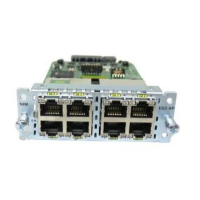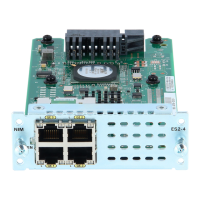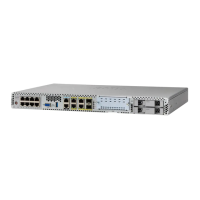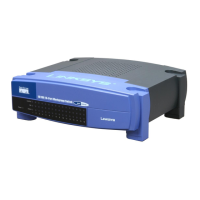Configuring SNMP
Defining Trap Management
ESW 500 Series Switches Administration Guide 351
13
The
SNMPv1,2 Notification Recipient
table area contains the following fields:
• Recipients IP — Indicates the IP address to which the traps are sent.
• Notification Type — Defines the notification sent. The possible field values are:
-
Trap
— Indicates traps are sent.
-
Inform
— Indicates informs are sent.
• Community String — Identifies the community string of the trap manager.
• Notification Version — Determines the trap type. The possible field values are:
-
SNMP V1
— Indicates SNMP Version 1 traps are sent.
-
SNMP V2
— Indicates SNMP Version 2 traps are sent.
• UDP Port — Displays the UDP port used to send notifications. The default is
162.
• Filter Name — Indicates if the SNMP filter for which the SNMP Notification filter
is defined.
• Timeout — Indicates the amount of time (seconds) the device waits before re-
sending informs. The default is 15 seconds.
• Retries — Indicates the amount of times the device re-sends an inform request.
The default is 3 attempts.
The
SNMPv3 Notification Recipient
table area contains the following fields:
• Recipients IP — Indicates the IP address to whom the traps are sent.
• Notification Type — Defines the notification sent. The possible field values are:
-
Trap
— Indicates traps are sent.
-
Inform
— Indicates informs are sent.
• User Name — Displays the SNMP user names.
• Security Level — Defines the means by which the packet is authenticated. The
possible field values are:
-
No Authentication
— Indicates the packet is neither authenticated nor
encrypted.
-
Authentication
— Indicates the packet is authenticated.
-
Privacy
— Indicates the packet is both authenticated and encrypted.

